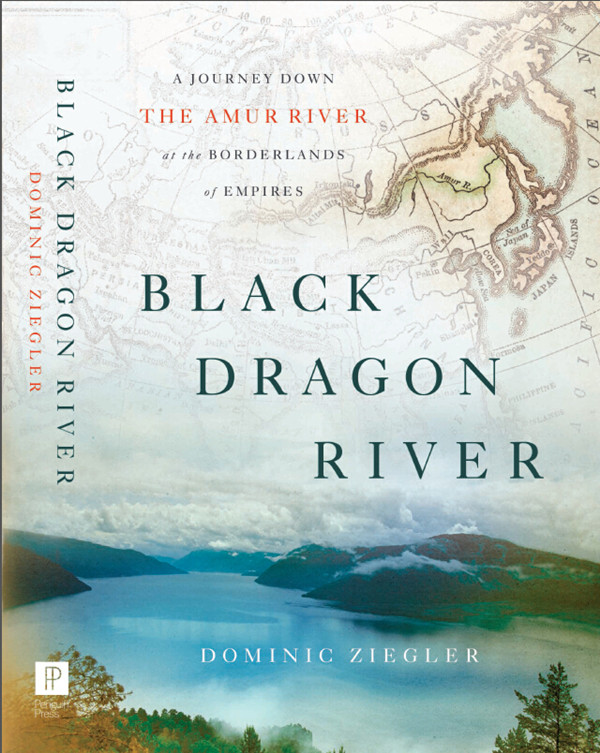Travelog laced with history along the Heilongjiang
Updated: 2016-01-13 10:08
By Andrew Moody(China Daily)
|
|||||||||
Dominic Ziegler says it was the love of wild places that led him on a journey along the Heilongjiang or Black Dragon River.
The 4,500-kilometer river, which largely divides China and Russia, is the subject of his new book, Black Dragon River, which combines history and travelog.
"For a time it was the longest river I had never heard of. When I was living in China in the 1990s I was constantly in search of wild places but never got there, although I had been up to Harbin, just out of reach of it," Ziegler says.
"It is only when I worked in Japan and flew over it a couple of hours before landing, on a flight from London to Tokyo, that I resolved to find out more."
This eventually involved taking a three-month sabbatical from his job at The Economist magazine, where he is now Asia editor, and starting his journey on horseback from the river's Mongolian source.
His actual trip, which was done in stages, was over 10,000 km in length, since part of the river is out of bounds (as a result of it being a border) and so he had to make detours through wetlands and also take the Trans-Siberian railway.
"I rode up to the source by horse and wanted to follow the river into China, but there was an outbreak of foot and mouth disease so I couldn't," he says.
Ziegler, who was speaking in the offices of The Economist in central London's St James, says one of the intriguing aspects of the river (known as the Amur in the West) has been its role in history, particularly in defining the relationship between China and Russia.
He says people make the mistake of believing that Russia always had its own Far East, but this was largely a result of Cossack interlopers invading territory from the late 16th century onward.
"There was this extraordinary and actually rapid push east by Cossack trappers in the forests looking for valuable furs, which were knows as soft gold," he says.
"They had no idea they were moving through lands controlled by the Manchus and were knocking on the back door of the Chinese empire."
- Spain's Princess Cristina stands trial on tax fraud charges
- Rupert Murdoch, Jerry Hall announce engagement
- Obama to deliver final State of the Union speech
- Annual Coming of Age Day ceremony held in Tokyo
- Drug lord closer to US trial as Mexico starts extradition process
- UN chief slams deadly attack on MSF-supported hospital in Yemen

 Execs introduce new models at Detroit Auto Show
Execs introduce new models at Detroit Auto Show
 Foreigners learn mushroom cultivation skills in Xi'an
Foreigners learn mushroom cultivation skills in Xi'an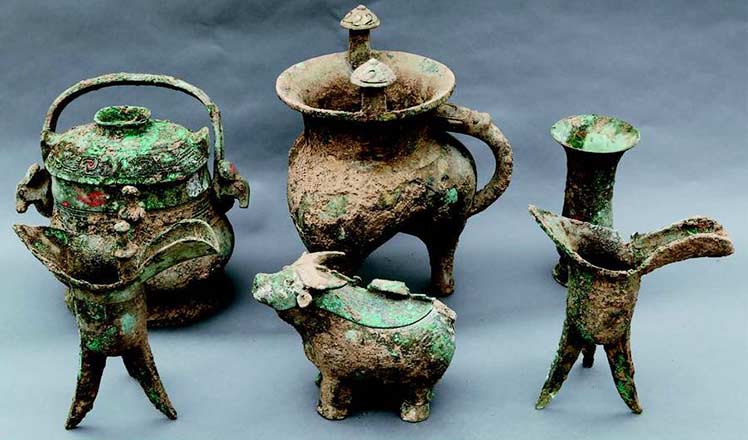
 Academy releases top 6 archaeological finds of 2015
Academy releases top 6 archaeological finds of 2015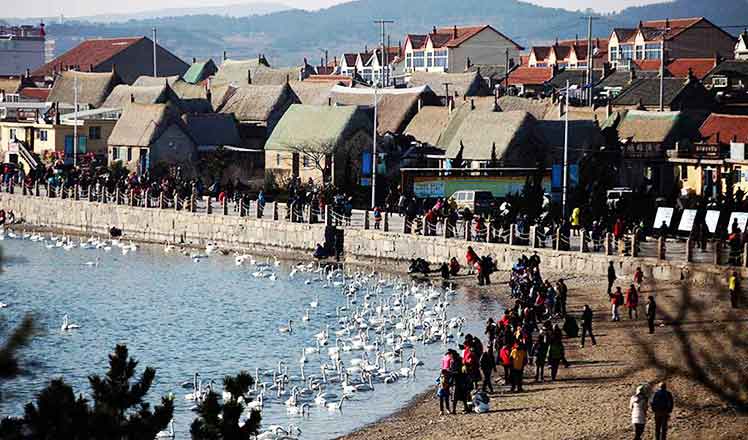
 Yandunjiao in Shandong is an ideal habitat for whooper swans
Yandunjiao in Shandong is an ideal habitat for whooper swans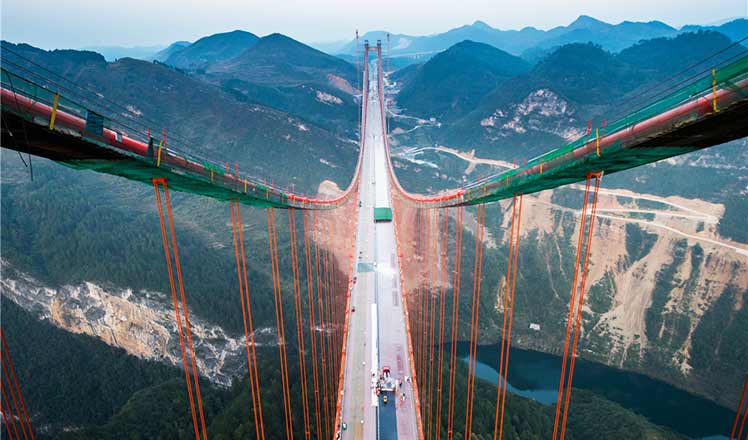
 World's second highest bridge in Southwest China put into operation
World's second highest bridge in Southwest China put into operation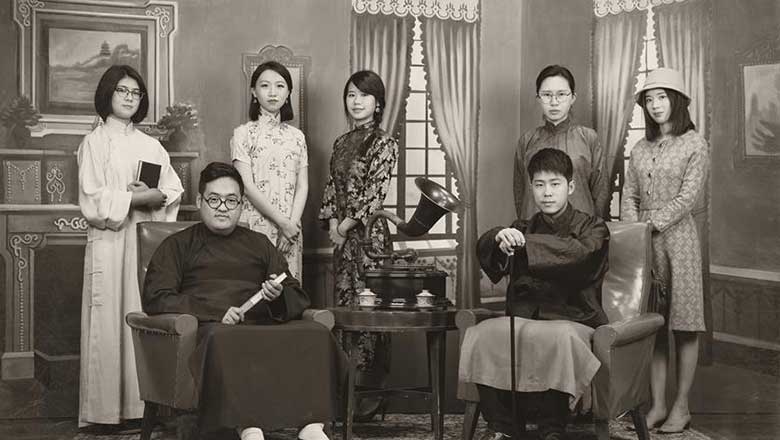
 Photo studio takes people back in time
Photo studio takes people back in time
 Celebrities born in the Year of Monkey
Celebrities born in the Year of Monkey
 Remembering legendary British artist David Bowie
Remembering legendary British artist David Bowie
Most Viewed
Editor's Picks

|

|

|

|

|

|
Today's Top News
Obama to deliver final State of the Union speech
Shooting rampage at US social services agency leaves 14 dead
Chinese bargain hunters are changing the retail game
Chinese president arrives in Turkey for G20 summit
Islamic State claims responsibility for Paris attacks
Obama, Netanyahu at White House seek to mend US-Israel ties
China, not Canada, is top US trade partner
Tu first Chinese to win Nobel Prize in Medicine
US Weekly

|

|
